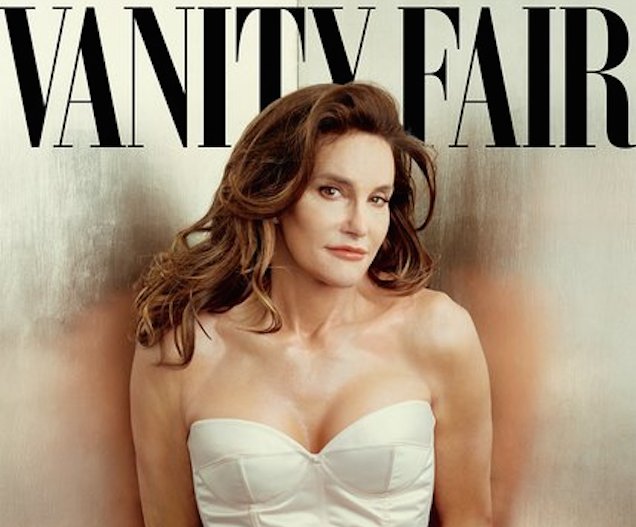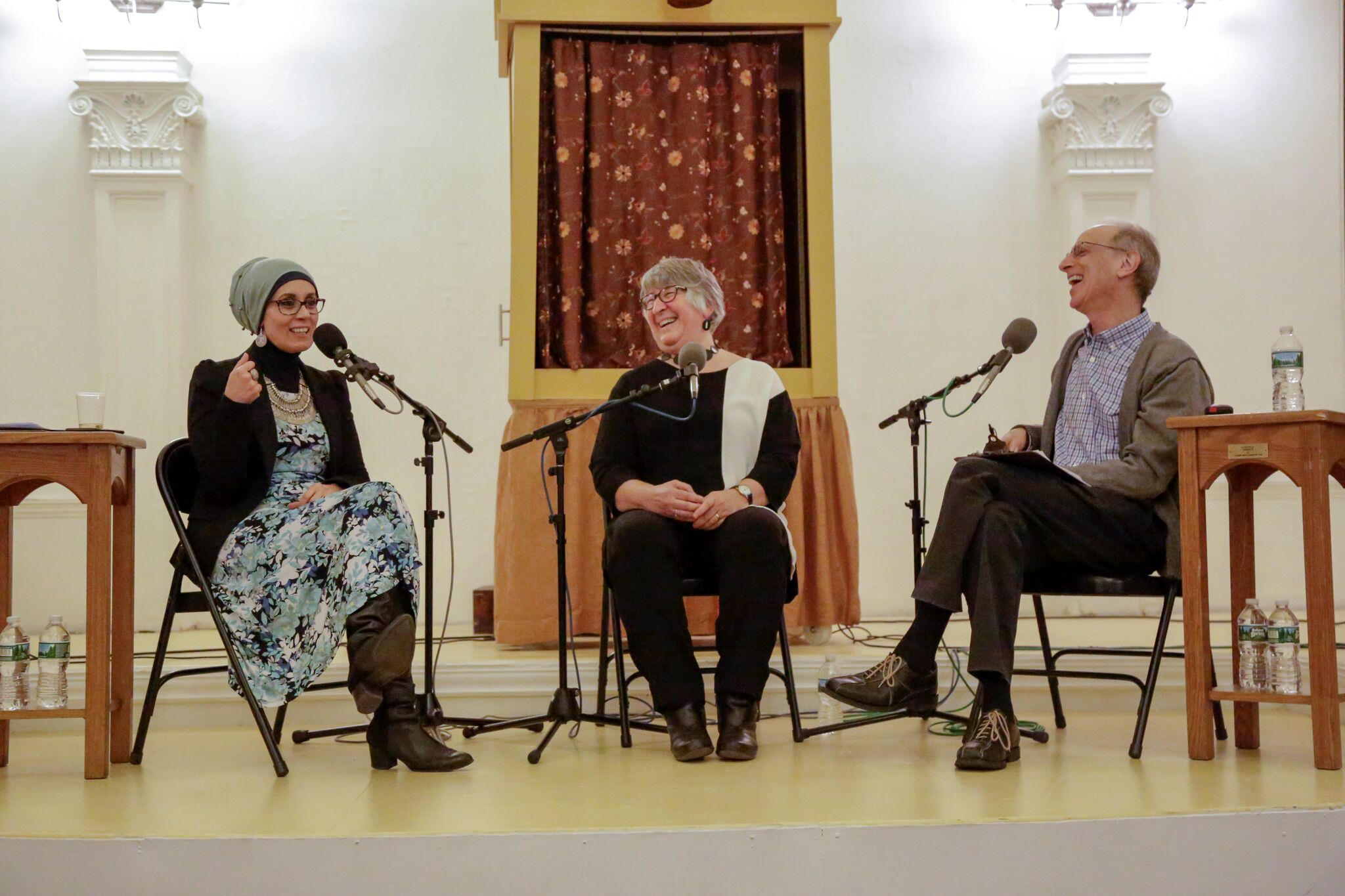How have we arrived at a point in which feminists fundamentally alter their definition of womanhood to accommodate men? Last year, Laverne Cox became the first trans woman on the cover of Time magazine. It was a glamour shot—a slinky blue dress, long blonde hair, and a come-hither look. Not to be outdone, the former Bruce Jenner introduced his new gender to the world this week on the cover of Vanity Fair in a bit of white lingerie, also with that come-hither look. Should feminists really be chanting, “This is what a real woman looks like?” Are we sure?
What exactly does a trans woman think it means to feel like a woman? When a person identifies as female, what is being defined as female? Is it the breasts? Lips? Ass? Slim waist? Small hands? Batting eyelashes? Flirtatious smile? Long hair? Finger-nail polish? Eyeliner? Lipstick? Submissiveness? Thighs? Heels? Demureness? A want to be taken care of? A want to be adored? Cat-called? Beautified? Idealized? Softness? Quietness? Is there some feeling inherent to the placement of ovaries, other than monthly cramps and bleeding, that can be attributed to a feeling of femaleness? …
In a noble attempt to be empathetic to confused and vulnerable people, third-wave feminists have sold out their progenitors. By accepting the notion that gender is merely a social construct they have hollowed out the very ground upon which their sisters of old marched. Being a woman is what Kant called a “ding an sich,” a thing in itself. It is a biological reality, it is powerful, and important and underrepresented and often underappreciated, but it’s a real thing. It’s not someone who was once a man living out a Victoria Secret model fantasy. And anyone who calls themself a feminist should know that.
Read more.
Also check out Jon Stewart’s take on Caitlyn Jenner and the objectification of women: “Welcome to being a woman in America”




